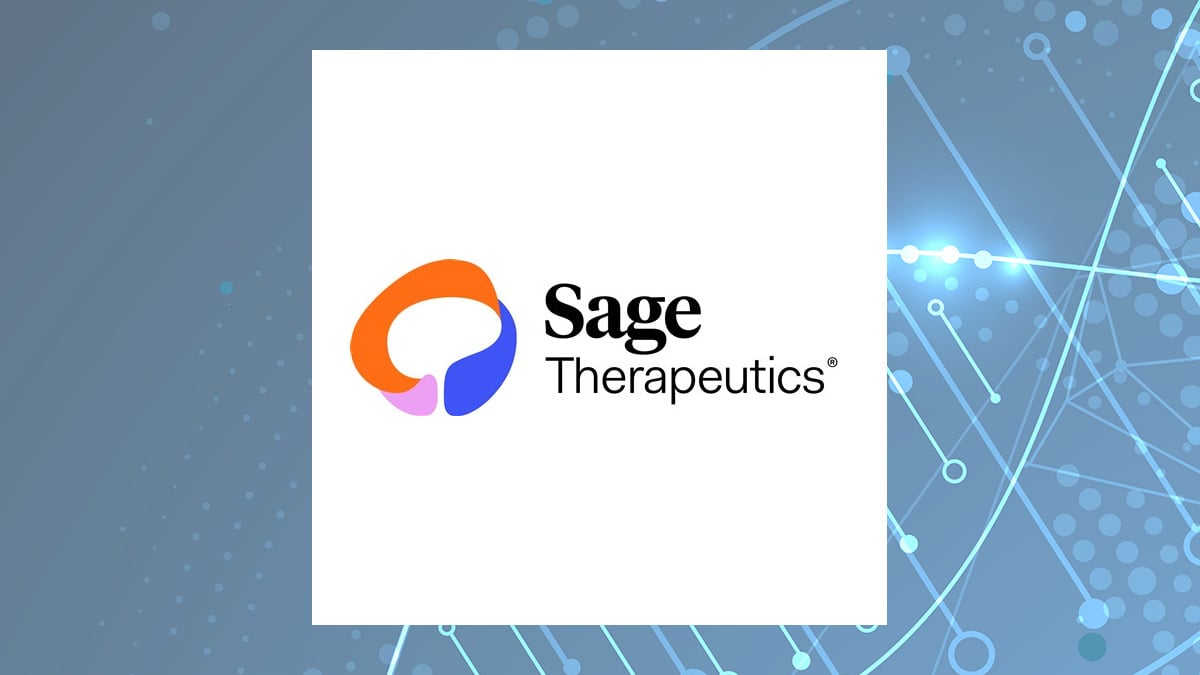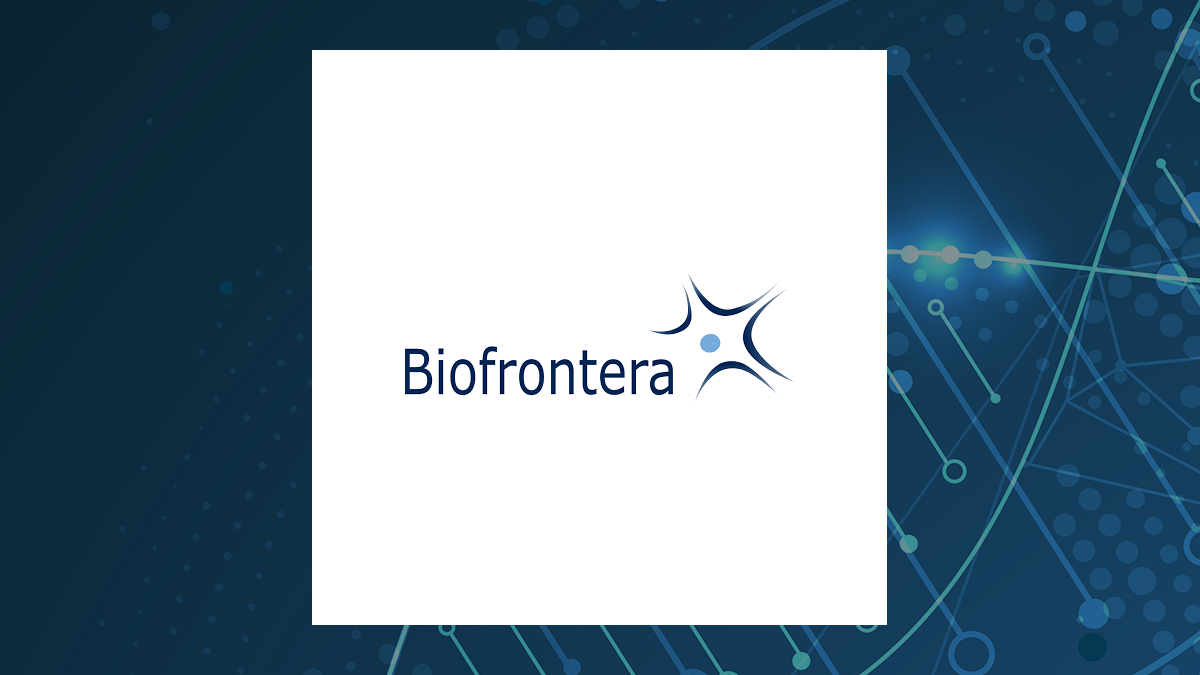Sage Therapeutics (NASDAQ:SAGE – Get Free Report) and Biofrontera (NASDAQ:BFRI – Get Free Report) are both small-cap medical companies, but which is the superior business? We will contrast the two companies based on the strength of their valuation, analyst recommendations, earnings, risk, institutional ownership, profitability and dividends.
Profitability
This table compares Sage Therapeutics and Biofrontera’s net margins, return on equity and return on assets.
| Net Margins | Return on Equity | Return on Assets | |
| Sage Therapeutics | -317.29% | -50.29% | -45.48% |
| Biofrontera | -36.31% | -565.73% | -96.64% |
Valuation & Earnings
This table compares Sage Therapeutics and Biofrontera”s gross revenue, earnings per share (EPS) and valuation.
| Gross Revenue | Price/Sales Ratio | Net Income | Earnings Per Share | Price/Earnings Ratio | |
| Sage Therapeutics | $86.46 million | 5.14 | -$541.49 million | ($5.58) | -1.30 |
| Biofrontera | $34.07 million | 0.25 | -$20.13 million | ($2.26) | -0.49 |
Volatility & Risk
Sage Therapeutics has a beta of 0.94, meaning that its share price is 6% less volatile than the S&P 500. Comparatively, Biofrontera has a beta of 0.29, meaning that its share price is 71% less volatile than the S&P 500.
Institutional and Insider Ownership
99.2% of Sage Therapeutics shares are held by institutional investors. Comparatively, 10.1% of Biofrontera shares are held by institutional investors. 5.5% of Sage Therapeutics shares are held by company insiders. Comparatively, 0.2% of Biofrontera shares are held by company insiders. Strong institutional ownership is an indication that endowments, hedge funds and large money managers believe a company will outperform the market over the long term.
Analyst Ratings
This is a summary of current ratings and recommmendations for Sage Therapeutics and Biofrontera, as reported by MarketBeat.
| Sell Ratings | Hold Ratings | Buy Ratings | Strong Buy Ratings | Rating Score | |
| Sage Therapeutics | 2 | 16 | 2 | 0 | 2.00 |
| Biofrontera | 0 | 0 | 1 | 0 | 3.00 |
Sage Therapeutics presently has a consensus target price of $10.53, suggesting a potential upside of 45.03%. Biofrontera has a consensus target price of $7.00, suggesting a potential upside of 530.63%. Given Biofrontera’s stronger consensus rating and higher possible upside, analysts clearly believe Biofrontera is more favorable than Sage Therapeutics.
Summary
Sage Therapeutics beats Biofrontera on 8 of the 14 factors compared between the two stocks.
About Sage Therapeutics
 Sage Therapeutics, Inc., a biopharmaceutical company, develops and commercializes brain health medicines. Its product candidates include ZULRESSO, a CIV injection for the treatment of postpartum depression (PPD) in adults; and ZURZUVAE, a neuroactive steroid, a positive allosteric modulator of GABAA receptors, targeting both synaptic and extrasynaptic GABAA receptors, for the treatment of postpartum depression. Its product pipeline also comprises SAGE-324, a compound that is in Phase II clinical trial to treat essential tremors, as well as has completed Phase I clinical trial for epilepsy and Parkinson's diseases; and SAGE-718, an oxysterol-based positive allosteric modulator of the NMDA receptor, which is in Phase II clinical trial for the treatment of depression, Huntington's disease, Parkinson's diseases, Alzheimer's disease, attention deficit hyperactivity disorder, schizophrenia, and neuropathic pain. The company has a strategic collaboration with Shionogi & Co., Ltd. for the development and commercialization of zuranolone in Japan, Taiwan, and South Korea; and a collaboration and license agreement with Biogen MA Inc. to jointly develop and commercialize SAGE-217 and SAGE-324 products. The company was formerly known as Sterogen Biopharma, Inc. and changed its name to Sage Therapeutics, Inc. in September 2011. Sage Therapeutics, Inc. was incorporated in 2010 and is headquartered in Cambridge, Massachusetts.
Sage Therapeutics, Inc., a biopharmaceutical company, develops and commercializes brain health medicines. Its product candidates include ZULRESSO, a CIV injection for the treatment of postpartum depression (PPD) in adults; and ZURZUVAE, a neuroactive steroid, a positive allosteric modulator of GABAA receptors, targeting both synaptic and extrasynaptic GABAA receptors, for the treatment of postpartum depression. Its product pipeline also comprises SAGE-324, a compound that is in Phase II clinical trial to treat essential tremors, as well as has completed Phase I clinical trial for epilepsy and Parkinson's diseases; and SAGE-718, an oxysterol-based positive allosteric modulator of the NMDA receptor, which is in Phase II clinical trial for the treatment of depression, Huntington's disease, Parkinson's diseases, Alzheimer's disease, attention deficit hyperactivity disorder, schizophrenia, and neuropathic pain. The company has a strategic collaboration with Shionogi & Co., Ltd. for the development and commercialization of zuranolone in Japan, Taiwan, and South Korea; and a collaboration and license agreement with Biogen MA Inc. to jointly develop and commercialize SAGE-217 and SAGE-324 products. The company was formerly known as Sterogen Biopharma, Inc. and changed its name to Sage Therapeutics, Inc. in September 2011. Sage Therapeutics, Inc. was incorporated in 2010 and is headquartered in Cambridge, Massachusetts.
About Biofrontera
 Biofrontera Inc., a biopharmaceutical company, engages in the commercialization of pharmaceutical products for the treatment of dermatological conditions in the United States. The company's products are used for the treatment of actinic keratoses, which are pre-cancerous skin lesions, as well as impetigo, a bacterial skin infection. It offers Ameluz, a prescription drug for use in combination with the RhodoLED lamp series, for photodynamic therapy for the lesion-directed and field-directed treatment of actinic keratosis of mild-to-moderate severity on the face and scalp. The company also provides Xepi, a topical non-fluorinated quinolone that inhibits bacterial growth for the treatment of impetigo. The company was incorporated in 2015 and is headquartered in Woburn, Massachusetts.
Biofrontera Inc., a biopharmaceutical company, engages in the commercialization of pharmaceutical products for the treatment of dermatological conditions in the United States. The company's products are used for the treatment of actinic keratoses, which are pre-cancerous skin lesions, as well as impetigo, a bacterial skin infection. It offers Ameluz, a prescription drug for use in combination with the RhodoLED lamp series, for photodynamic therapy for the lesion-directed and field-directed treatment of actinic keratosis of mild-to-moderate severity on the face and scalp. The company also provides Xepi, a topical non-fluorinated quinolone that inhibits bacterial growth for the treatment of impetigo. The company was incorporated in 2015 and is headquartered in Woburn, Massachusetts.
Receive News & Ratings for Sage Therapeutics Daily - Enter your email address below to receive a concise daily summary of the latest news and analysts' ratings for Sage Therapeutics and related companies with MarketBeat.com's FREE daily email newsletter.
